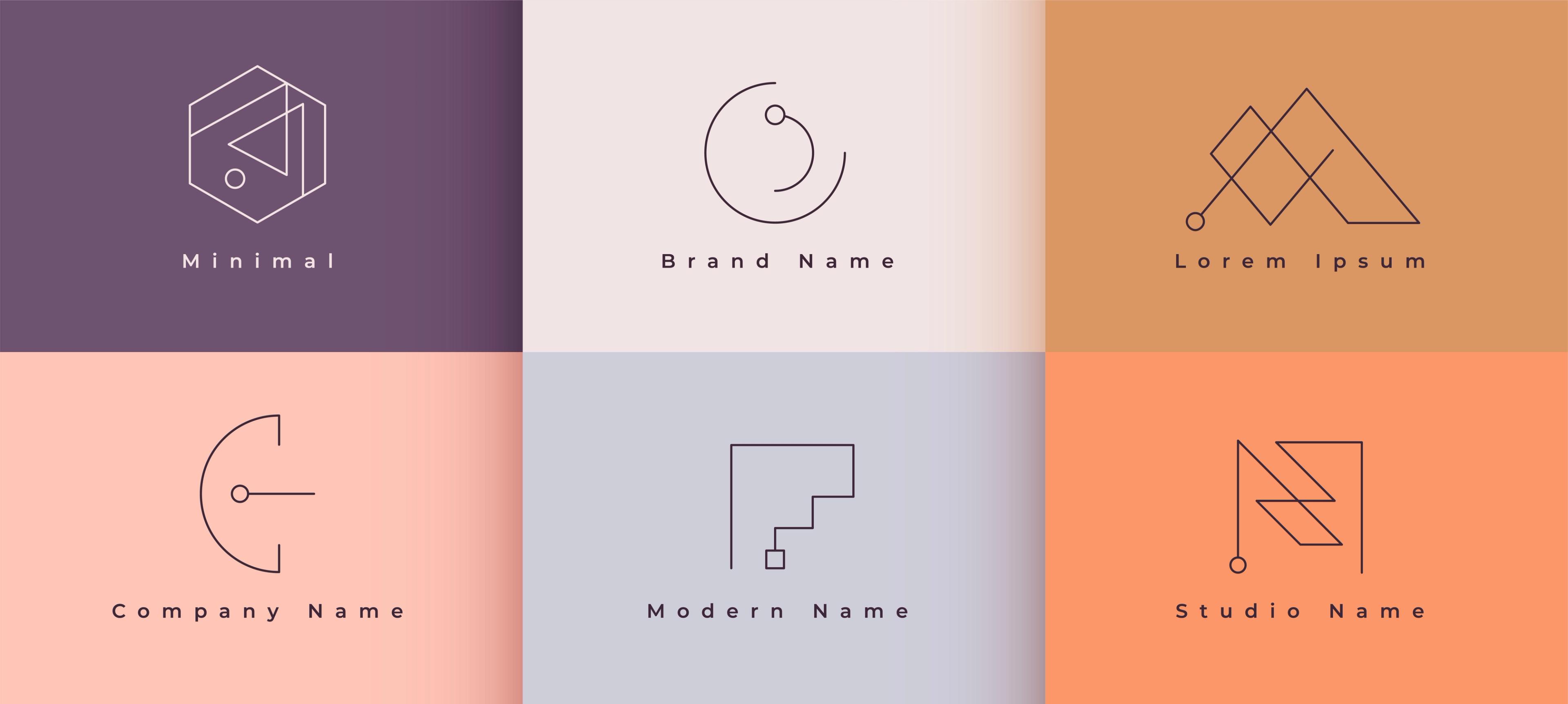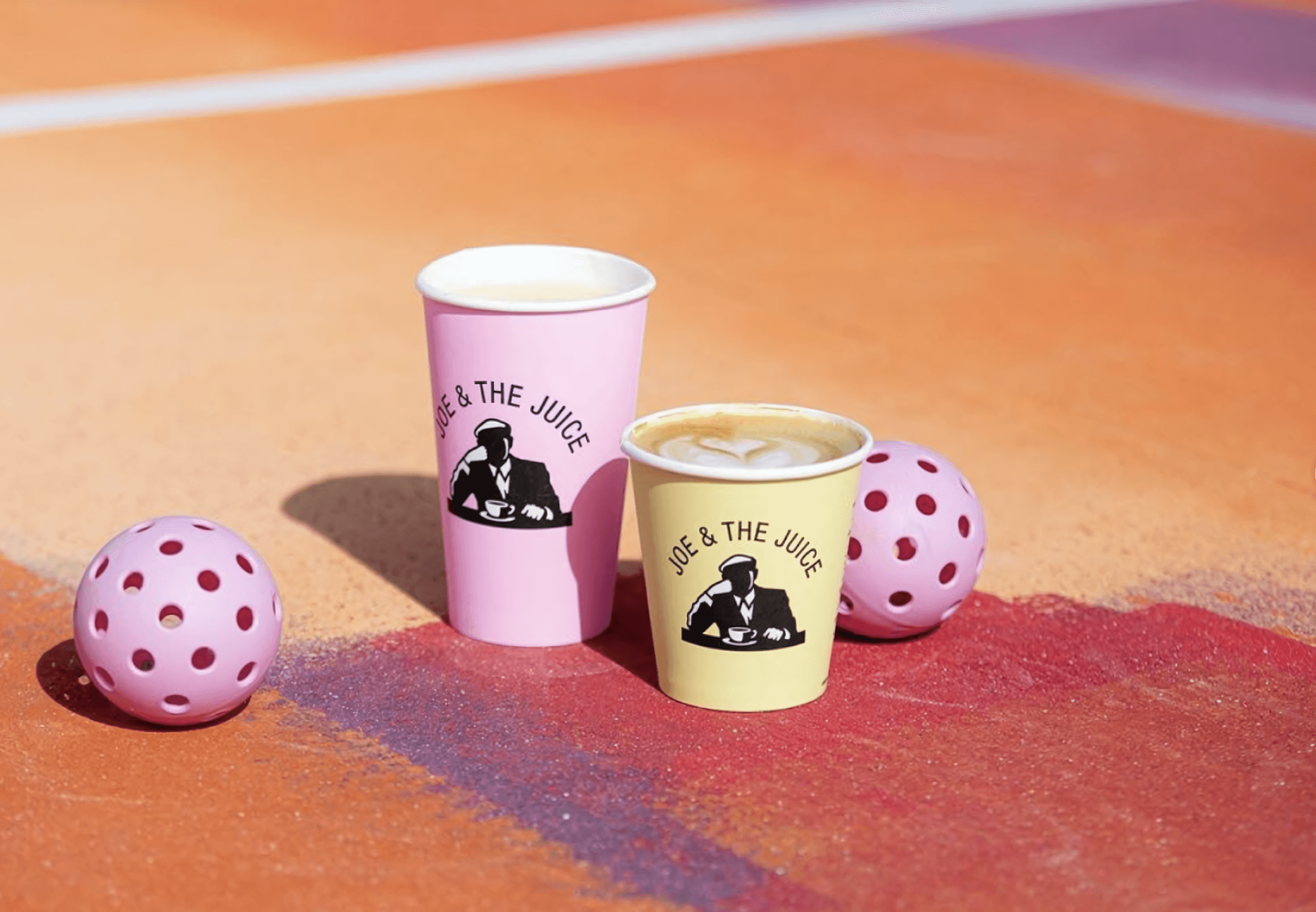Key Takeaways on Minimalist Logo Design
Minimalist logo design emphasizes simplicity, clarity, and timelessness — focusing on essential shapes, clean typography, and limited color palettes to communicate a brand’s identity effectively. It maintains brand visual identity through consistency and restraint.
A minimalist logo is easier to recognize, scales well across media, and avoids the clutter that can dilute brand messaging. Iconic examples like Apple, Twitter (X), and Nike prove that less is more when it comes to lasting impact.
Strong minimalist logos reflect brand personality, evoke the right emotions, and create a consistent, professional impression. Key principles include clarity, scalability, and emotional resonance.
Trends like flat design, negative space, and geometric shapes further enhance this clean, modern approach — making minimalist logos ideal for brands seeking versatility, memorability, and visual strength.
What Is a Logo Design?
Your logo is often the first thing people notice about your brand. It acts as the face of your business, giving people an instant impression of who you are and what you stand for. In many cases, it’s the detail that sticks — the element that helps someone remember your name.
That’s why smart logo design matters. A strong logo can make your brand feel professional, trustworthy, and polished. If it includes motion, like an animation, it can feel even more dynamic and engaging. In a crowded market, these touches help you stand out.
But a great logo goes deeper than appearance. It reflects your brand’s tone, values, and personality. It creates an emotional connection and makes your brand easier to remember. The best design teams know that the most effective logos are clear, confident, and intentional — never overloaded or confusing.
Photo by Aleks Dorohovich on Unsplash
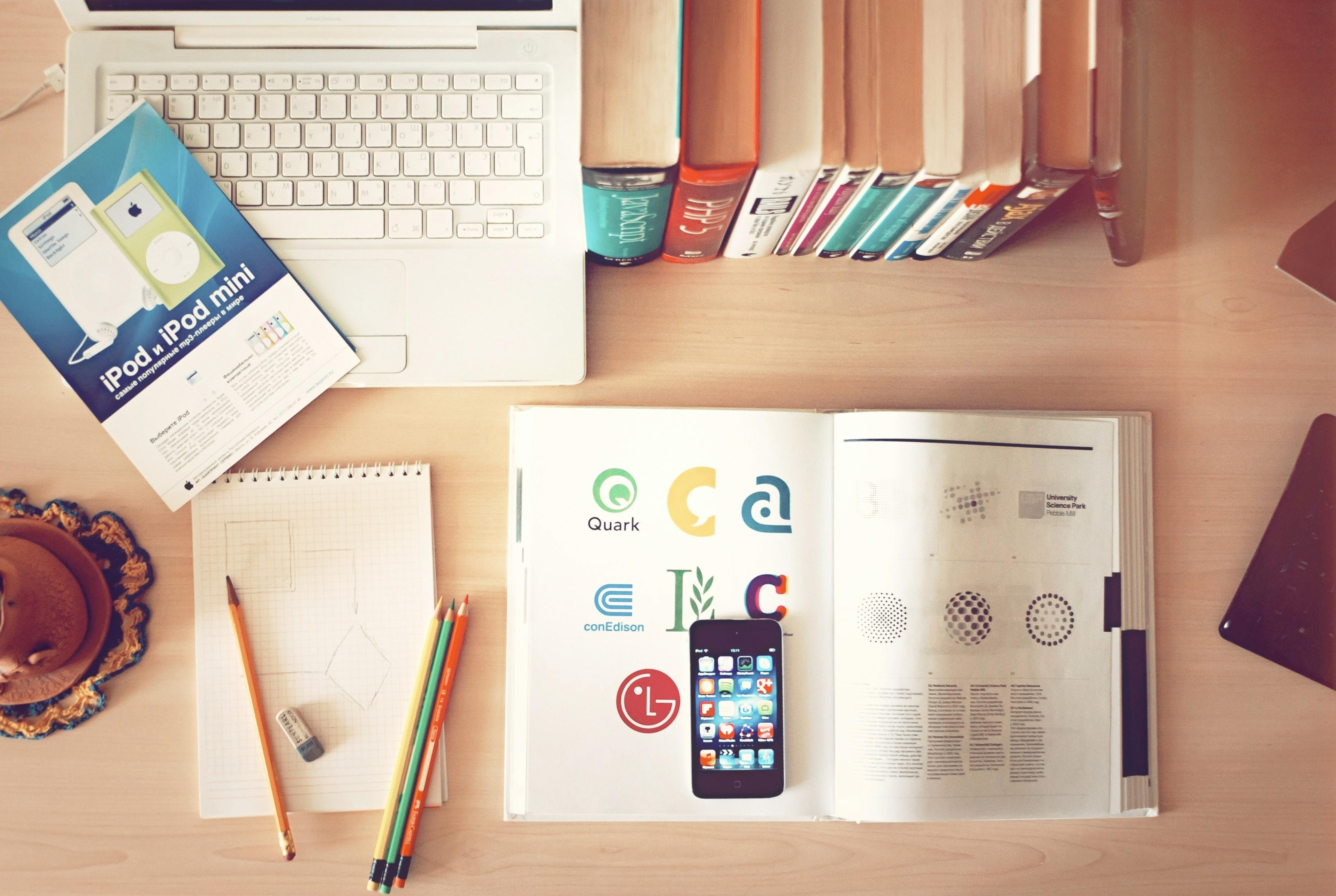
What Is Minimalist Logo Design?
Minimalist logo design keeps things simple and clear. Instead of adding more, it removes anything that isn’t essential. The goal is to create a clean, easy-to-recognize logo that people remember right away.
Most of these logos use basic shapes, sharp lines, and a few carefully chosen colors to tell the brand’s story.
Picture a small tech startup launching its first product. They don’t have a big marketing team or budget. But their logo (for example, a single bold letter with a bright pop of color) starts turning heads. It shows up on their website, their packaging, even their app.
It always looks sharp. That’s the power of minimalism.
This style works across almost anything. A minimalist logo looks just as good on a tiny phone screen as it does on a huge billboard. It stands out without trying too hard and keeps its shape and meaning in every setting.
At its heart, minimalism is about focus. It highlights the most important parts of your brand and removes distractions. When a logo is this clean and purposeful, it doesn’t just look good — it feels right. And that kind of impression lasts.
Why Do You Need a Minimalistic Logo?
Minimalist Logo Design Is Easier To Remember
A complicated logo can feel like a long, confusing explanation. It might look impressive, but it can take too long to understand. That delay can dull your message. A clean, minimalist logo, on the other hand, gets the point across fast. People see it, and they get it — no effort, no second-guessing.
The best minimalist logos find a sweet spot. They’re simple enough to remember but still have a strong visual presence. They don’t need flashy tricks to stand out — they work because they’re clear and well-designed.
Think about Twitter’s old bluebird. You didn’t need to read the name to know the brand. Same with Apple’s bitten apple. The design has changed a little over time, but it’s always stayed true to its core idea. That’s what makes it stick.
These logos prove that keeping it simple doesn’t make a logo weaker. In many cases, simplicity is what gives it lasting power.
Source: Ольга Митрофановна, CC BY-SA 4.0, via Wikimedia Commons
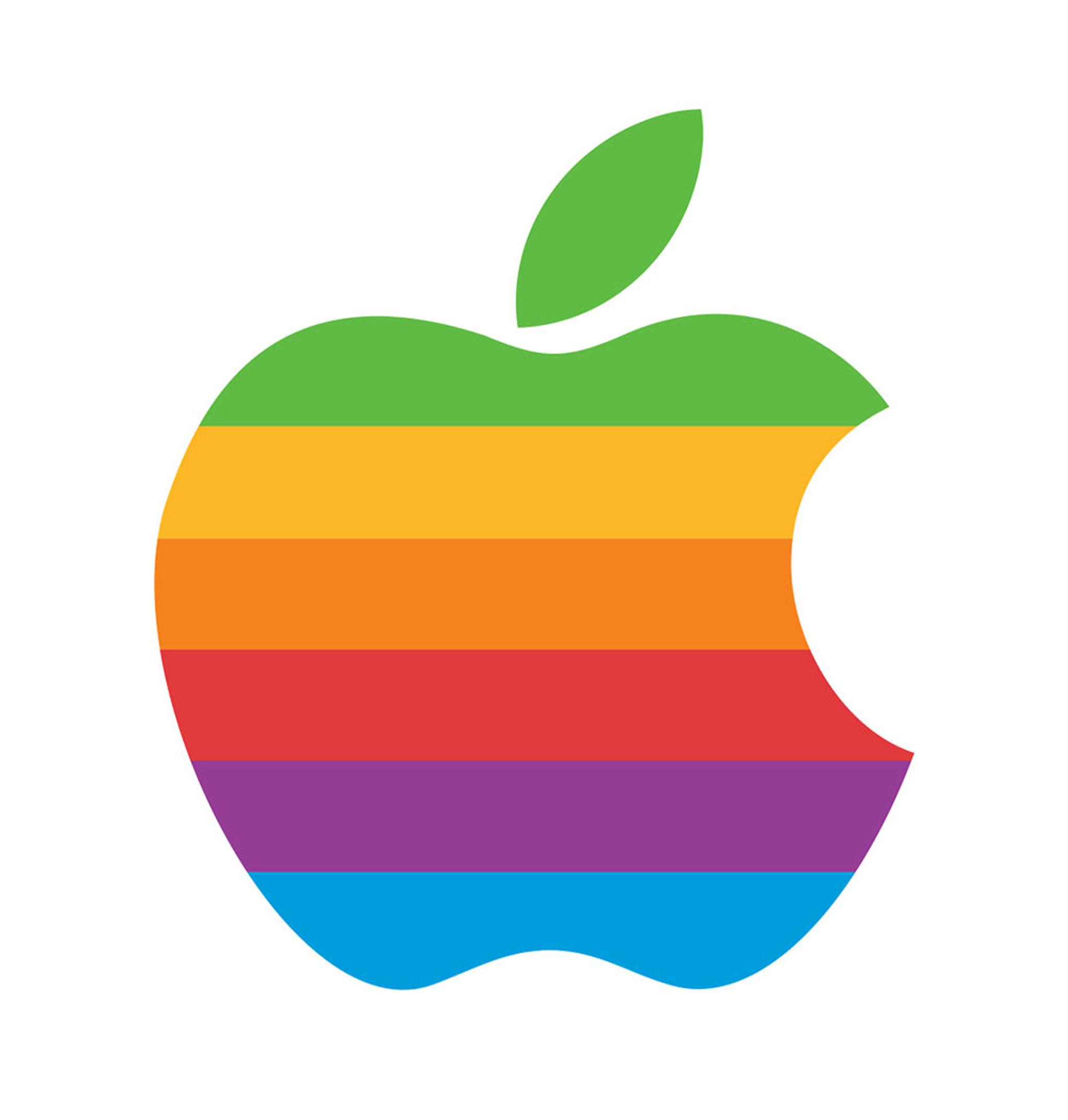
Clearer Brand Messaging
When you design a logo, you need to start with your brand’s core identity. What makes your company different? What do you want people to feel when they see it? A strong logo should show your brand’s personality and spark the right emotional response from your audience.
Your logo is more than just a visual. It’s how people recognize and remember your brand. That’s why it needs to be simple, clean, and true to who you are. If it’s too complicated or vague, people won’t connect with it.
Look at Amazon. Their logo is a great example of minimalist design that speaks volumes. The yellow arrow stretches from A to Z — not just a fun visual but a clear message. It tells you Amazon offers everything, from start to finish. That smart, simple detail helps people understand the brand in seconds.
Source: Image by rawpixel.com on Freepik
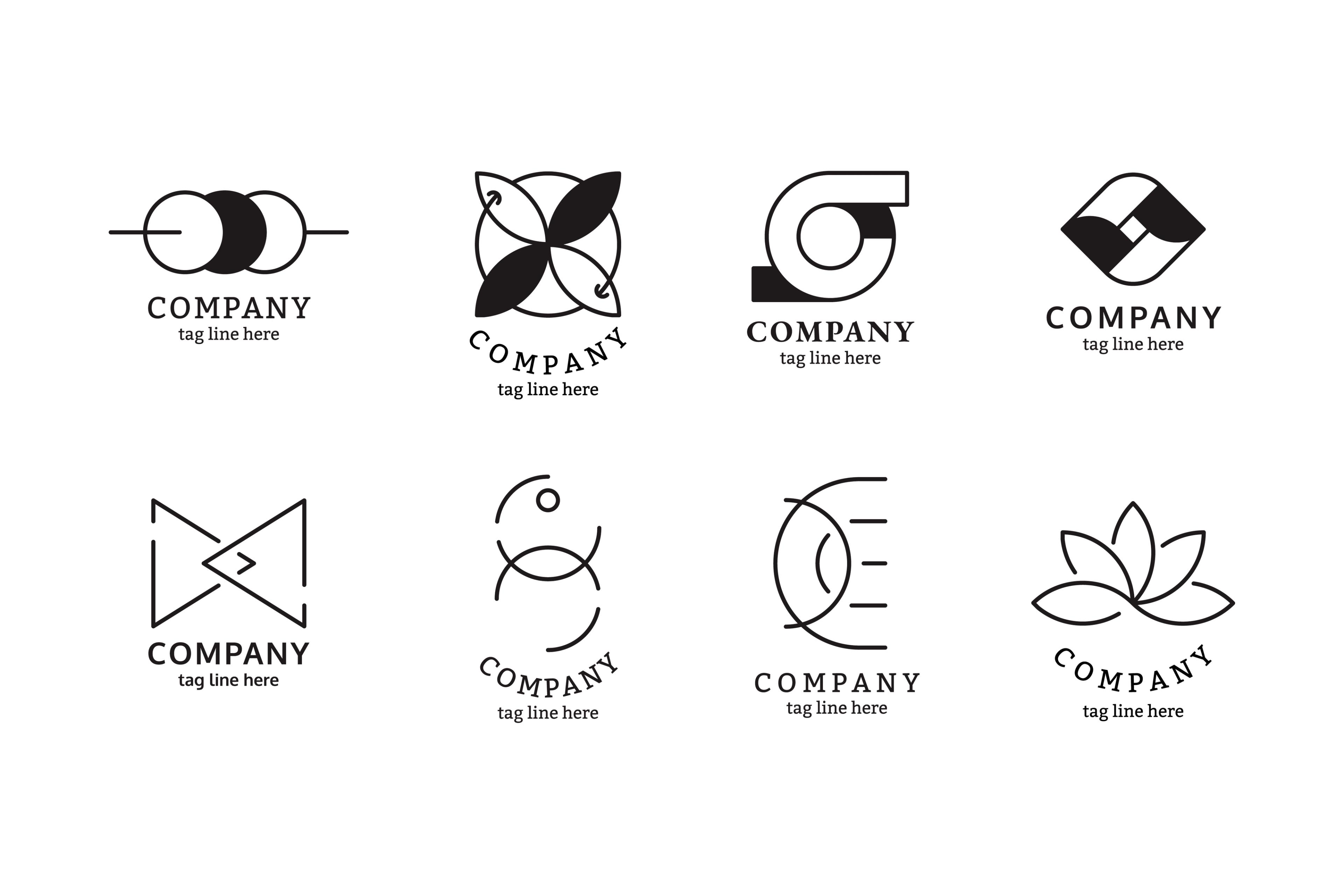
Streetbeat’s rebrand shows how powerful design can tell a clear story. To reflect the fast-moving and complex world of investing, the team used bold type and a rotating logo that felt dynamic and fresh. The design captured not just what Streetbeat does but how it thinks — modern, responsive, and built for change.
Across every touchpoint, from infographics to isometric illustrations, the visuals stayed consistent. This helped the message of growth, innovation, and accessibility shine through — making the brand both recognizable and relatable to its audience.
In fast-changing spaces like crypto and Web3, design needs to do even more. People want clarity and trust. That’s why we craft visuals and interactions that feel sharp, current, and flexible. Every element mirrors the speed of the market, helping users feel confident at the moment.
Streetbeat’s success proves it: modern design doesn’t just support the brand — it becomes the voice that leads it.
Streetbeat logo by Clay
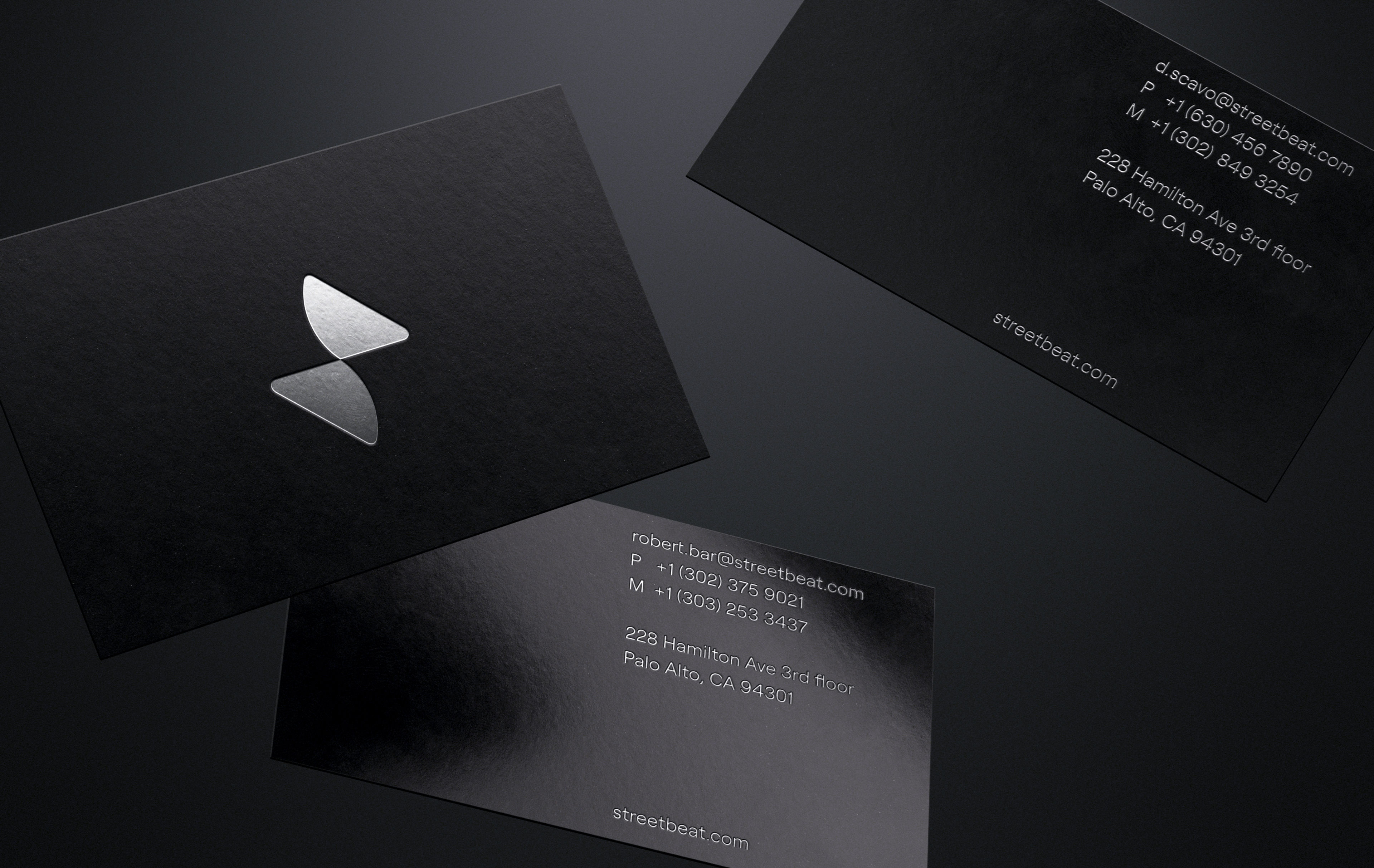
Generating the Intended Emotional Response with Minimalist Logos
A simple, minimalist logo won’t guarantee an emotional reaction — but it definitely helps. When a logo is clean and easy to understand, people are more likely to trust and connect with the brand behind it. There’s no confusion, no second-guessing. That clarity makes the brand feel more friendly, open, and approachable.
But to create that kind of connection, you have to know who you're talking to. Every brand needs to understand its audience before designing anything. What do they care about? Where do they live? How old are they? What kind of lifestyle do they lead?
When you gather this kind of insight — about their habits, their interests, their values — you can shape a logo that speaks to them directly. You’re not just designing for looks; you’re designing for meaning.
Take McDonald’s. Their golden arches are one of the most recognizable symbols in the world. To a child, those arches don’t just mean food — they mean joy, comfort, and a special moment. That’s the kind of emotional response great branding can inspire, and simplicity plays a big part in making it happen.
Source: Crusier, CC BY-SA 3.0, via Wikimedia Commons

The Timeless Nature of Minimalist Logo Designs
One of the biggest issues with complex logos is that they often follow design trends. And trends don’t last. What looks fresh today might feel outdated in a year or two. A simple, minimalist logo stands a better chance of lasting over time. It stays clear, recognizable, and relevant — even as the brand grows and the market shifts.
The best logos start with one strong idea. When you focus on that core message and build around it, the result is clean and memorable. But when you try to pack in too much (too many symbols, too many messages), the logo gets cluttered. And that confusion pushes people away.
A great minimalist logo doesn’t need to shout to be heard. It stays elegant and focused while staying true to the brand. Nike’s swoosh is a perfect example. It’s just a simple checkmark, but it’s bold, timeless, and instantly recognizable. That’s the kind of design that sticks.
Source: WechphisithAP, CC BY-SA 4.0, via Wikimedia Commons
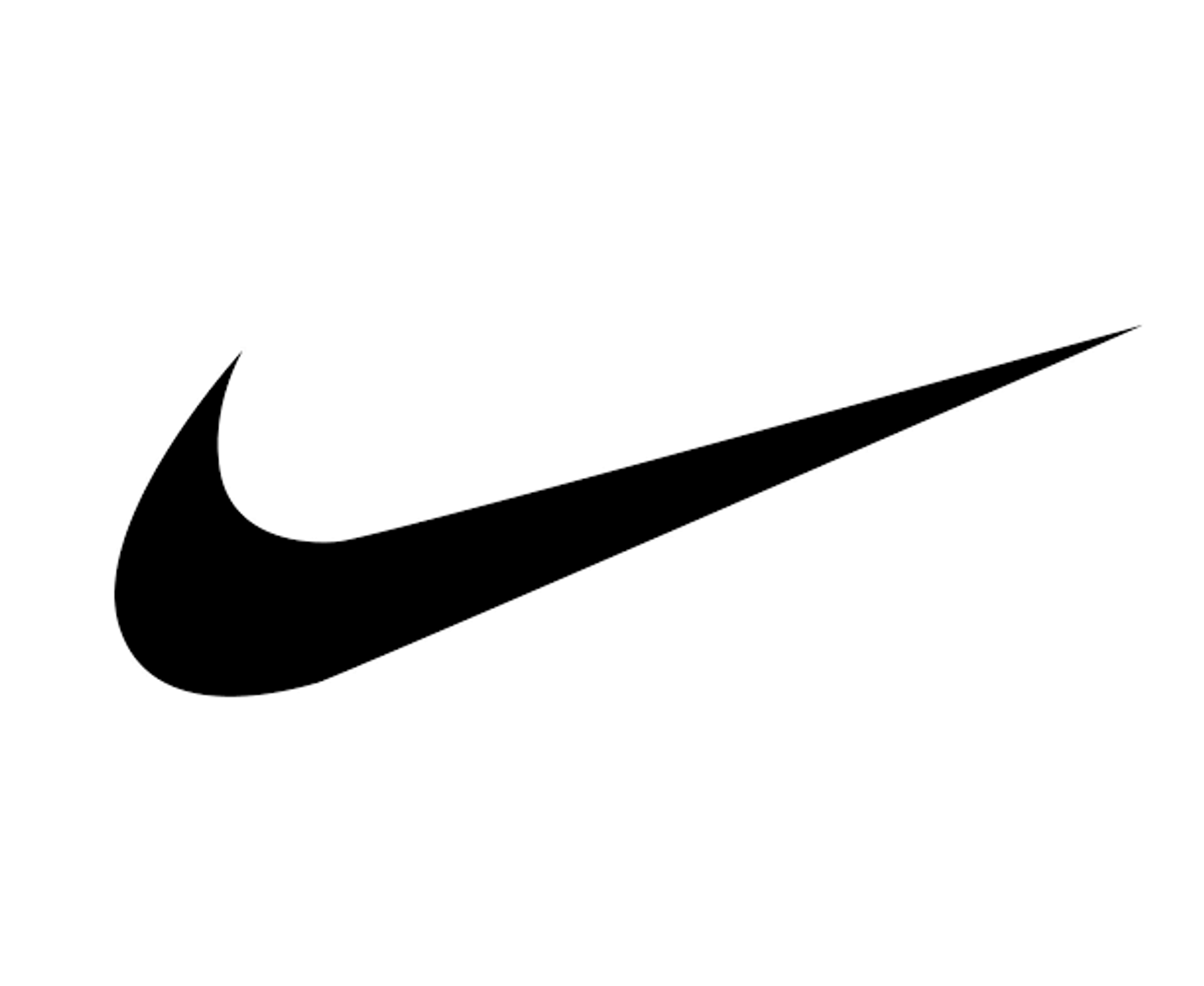
Flexibility And Marketability of Minimalistic Logos
A simple logo is much easier to use across all kinds of platforms. Whether it’s on a website, social media, packaging, or billboard, a clean design keeps its shape and meaning. It becomes the anchor of your brand’s visual guidelines — something you can apply anywhere without losing impact.
A smart way to start the design process is with black and white. This lets you focus on shape, balance, and clarity without getting distracted by color. If a logo works in its simplest form, it will likely hold up in any size, background, or color variation later on.
Look at Chanel. Their logo (the two interlocking Cs) has barely changed in decades. It stands for elegance, luxury, and timeless style. You see it on bags, shoes, perfume, and more, and it always works. That’s because it was built to be strong, simple, and endlessly flexible.
Source: Photo by Laura Chouette on Unsplash
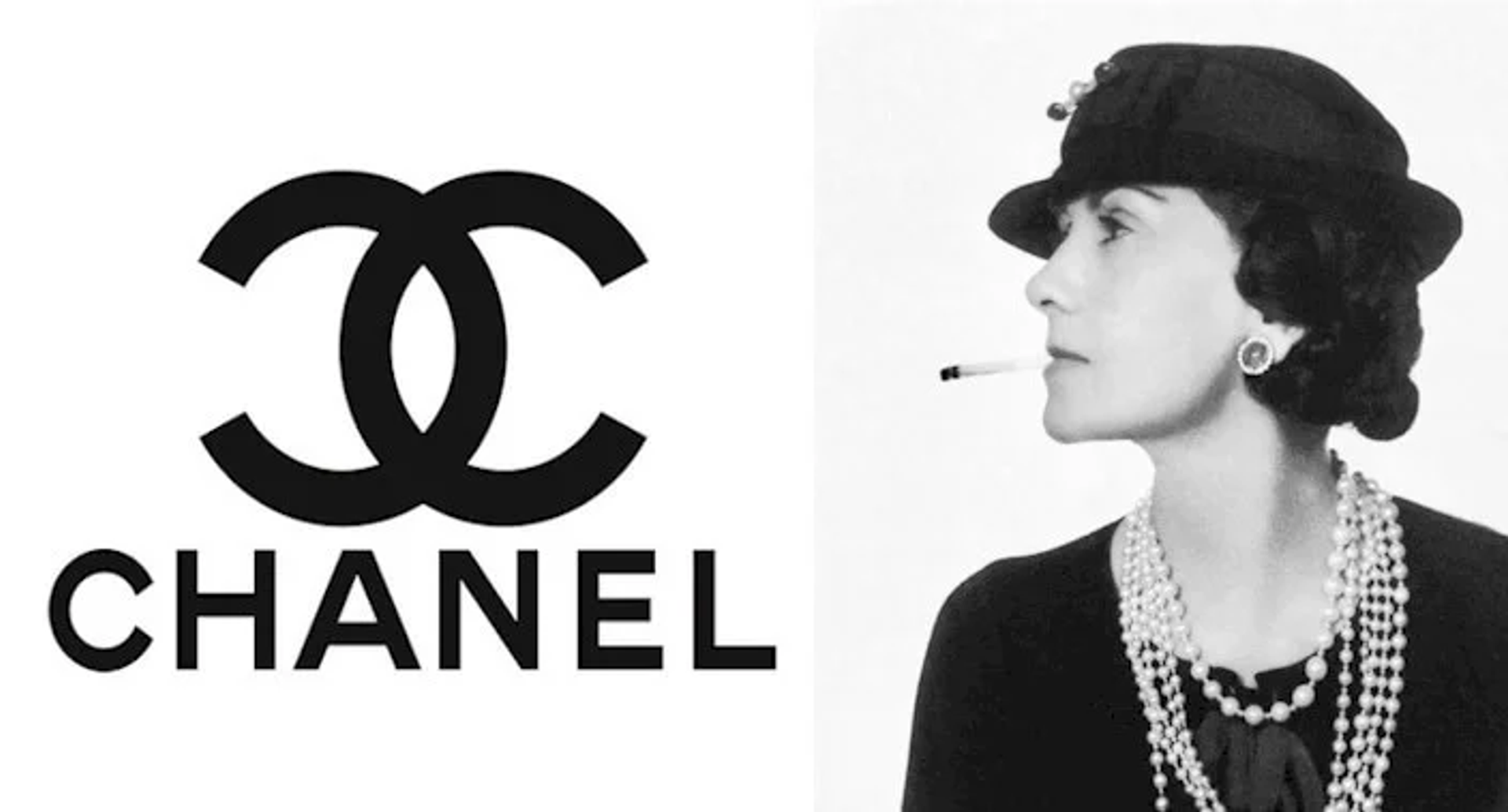
Designing a Minimalist Logo
Designing a minimalist logo requires a thoughtful and intentional approach. Here are some key considerations to keep in mind:
Principles of Minimalist Design
A strong minimalist logo follows a few key principles that make it both effective and timeless.
First, it keeps things simple. The fewer elements you use, the easier it is for people to remember. A simple logo makes a fast, clear impression, and that’s exactly what a brand needs.
Next comes clarity. A good logo should look clean and easy to read, whether it's tiny on a business card or huge on a billboard. No matter the size or screen, it should stay legible and sharp.
Consistency is just as important. Your logo needs to match your overall brand style, whether that’s sleek and modern or warm and playful. This keeps your look unified wherever people see it.
Finally, there’s scalability. A well-designed minimalist logo should look just as good at 16 pixels as it does at 16 feet. It shouldn’t lose detail or meaning at any size.
When you follow these principles, your logo becomes more than a graphic — it becomes a reliable symbol of your brand.
Creating a Minimalist Logo from Scratch
1.
Start with a Concept: Every great minimalist logo starts with a clear idea. Begin by thinking about what your brand stands for. What are its values? What kind of feeling do you want to give people? These early thoughts help shape a logo that feels true to your message.2.
Use Simple Shapes: Circles, squares, and triangles are clean, strong, and flexible. They create a base that’s easy to build on without adding clutter.3.
Limit Color Palette: Keep your color palette small. Too many colors can be distracting. Just one or two carefully chosen tones can make your logo stand out while staying easy to recognize.4.
Experiment with Typography: It also plays a big role. Try out different fonts until you find one that matches your brand’s voice. A modern tech company might go for something bold and sleek, while a boutique shop may prefer something softer and more refined.5.
Refine and Iterate: Create a few versions, then tweak and improve them based on feedback. Make sure the logo works in black and white, at different sizes, and across various formats. Keep adjusting until it feels just right — simple, expressive, and unmistakably yours.
Source: Photo by Onkar Mehta on Unsplash
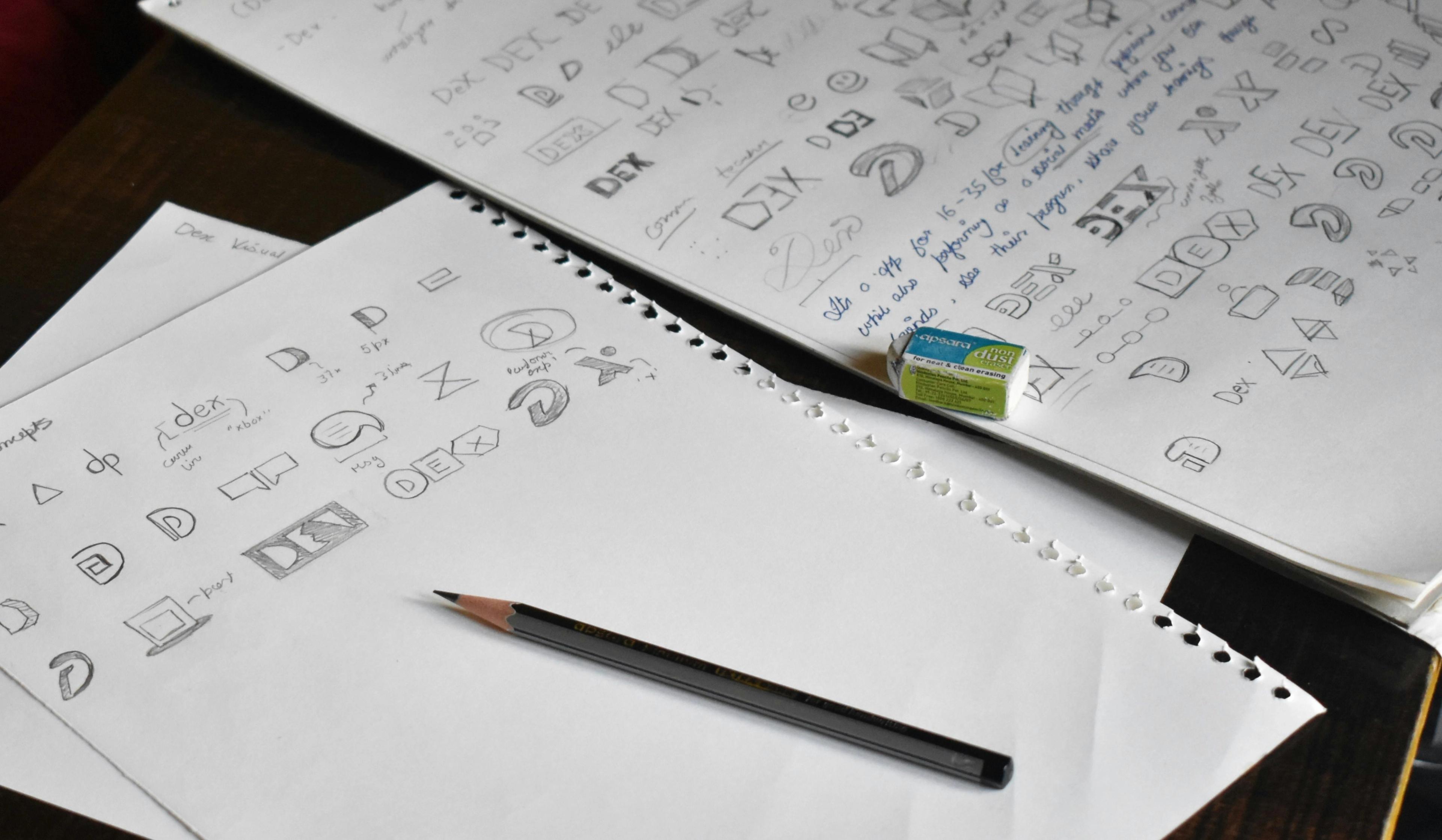
Minimal Logo Design Trends and Inspiration
Minimalist logo design is a popular trend in the design industry. Here are some current trends and inspirations:
1.
Flat Design: flat design is a popular trend in minimalist logo design. This style skips shadows and 3D effects, relying instead on simple shapes and solid colors. It creates a modern, crisp look that feels fresh and easy to read.2.
Geometric Shapes: esigners use them to build logos that are bold, balanced, and instantly recognizable. These shapes create a strong visual base without adding noise.3.
Negative Space: Negative space is a design technique that means using empty areas in the logo to reveal a hidden image or message. It adds a clever twist that makes the design more interesting and memorable.4.
Simple Typography: Clean, readable fonts help keep the focus on the brand’s message. The right typeface can say a lot — whether your brand feels playful, elegant, or serious.5.
Monochromatic Color Schemes: They keep things polished. Using different tones of the same color can make a logo feel more sophisticated while still staying visually unified.
These trends show that minimalist design isn’t boring — it’s strategic. With the right choices, a minimalist logo can say everything your brand needs in just a glance.
Read More
FAQ
Why Is Every Logo Minimalist Now?
Most logos today are minimalist because simple designs work better on screens. They load faster, look cleaner on phones and websites, and are easier to remember. As more brands compete for attention, a clean logo helps them stand out and stay consistent across apps, websites, and social media.
What Is the Difference Between Minimalism and Maximalism Logos?
Minimalist logos use basic shapes, simple fonts, and few colors. They focus on one clear idea. Maximalist logos are bold and detailed. They may use patterns, bright colors, or lots of symbols to create a rich, busy design. Minimalism keeps things clean and direct. Maximalism uses more to make a louder statement.
What Is the Golden Rule of Logo Design?
The golden rule is to keep it simple. A great logo is easy to understand and easy to recognize. It should work at any size — from a tiny app icon to a huge billboard. The simpler the design, the more powerful and flexible it becomes.
What Are the Two Principles You Should Remember in a Logo Design?
Focus on simplicity and clarity. Simplicity helps people recognize your logo quickly. Clarity makes sure your message is easy to understand. When your logo is simple and clear, people remember it — and trust your brand more.
What Is the Philosophy of Minimalism Design?
Minimalism is about doing more with less. It removes anything unnecessary and focuses on the most important parts. In design, this means using fewer shapes, fewer colors, and clean space. The goal is to be clear, calm, and meaningful.
What Is Minimalist Design Principles?
Minimalist design follows a few key rules: keep it simple, make it clear, stay consistent, and make sure it scales. A strong minimalist logo works at any size looks clean everywhere and says what the brand stands for — without using too much.
Final Thought
Your logo can be why people notice or forget your brand. In a crowded market, standing out matters. A well-designed logo helps you do that. When you combine smart choices with simplicity and style, your logo starts to say something about who you are.
The cleaner and simpler your logo is, the stronger it becomes. People will remember it more easily, and it will work better in every setting. That’s why it’s important to find a designer who understands these principles.
With the right approach, your logo can clearly reflect your brand’s purpose, values, and voice.


About Clay
Clay is a UI/UX design & branding agency in San Francisco. We team up with startups and leading brands to create transformative digital experience. Clients: Facebook, Slack, Google, Amazon, Credit Karma, Zenefits, etc.
Learn more

About Clay
Clay is a UI/UX design & branding agency in San Francisco. We team up with startups and leading brands to create transformative digital experience. Clients: Facebook, Slack, Google, Amazon, Credit Karma, Zenefits, etc.
Learn more
